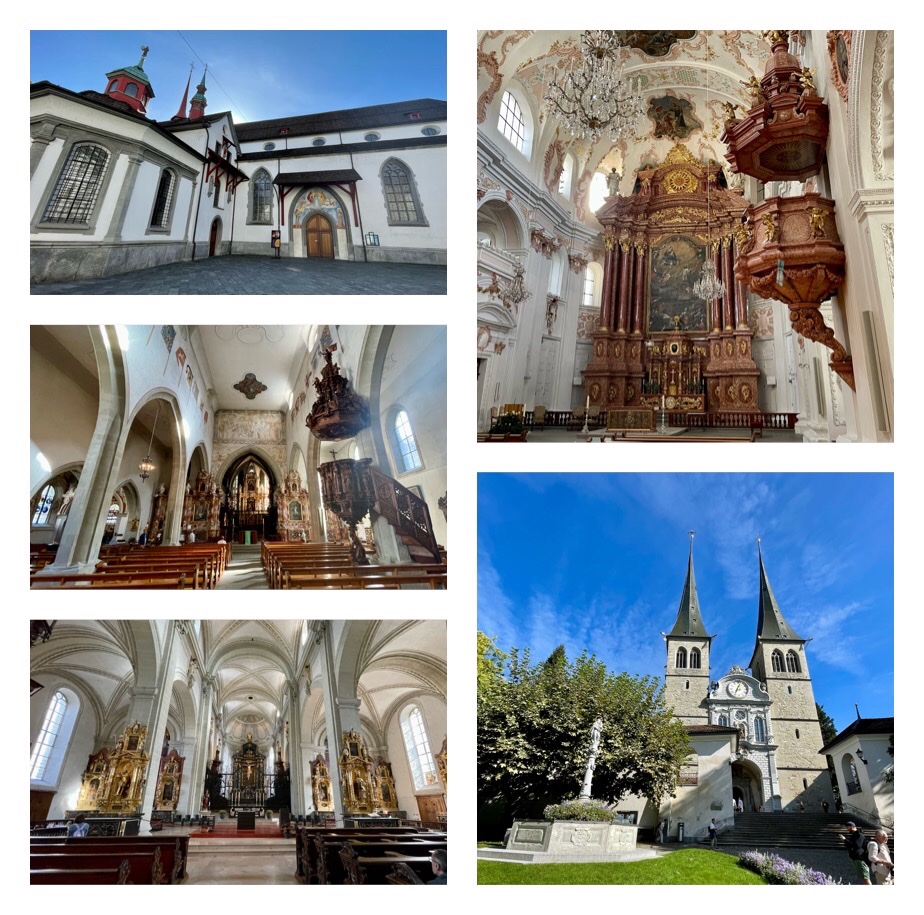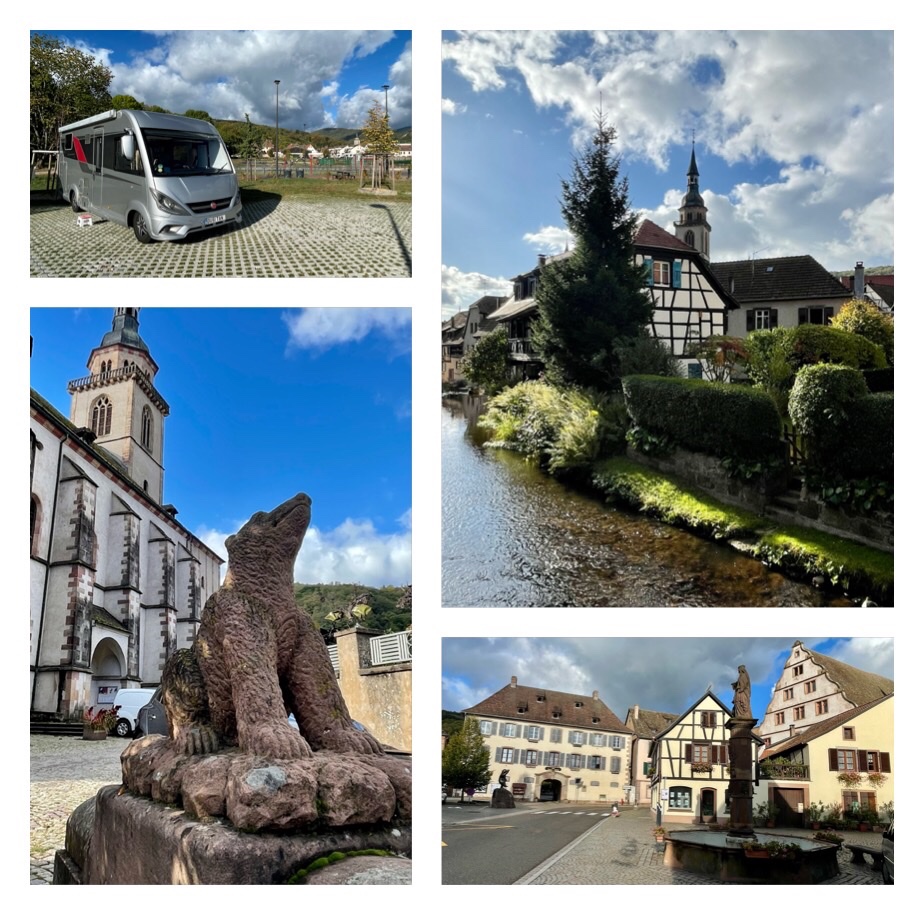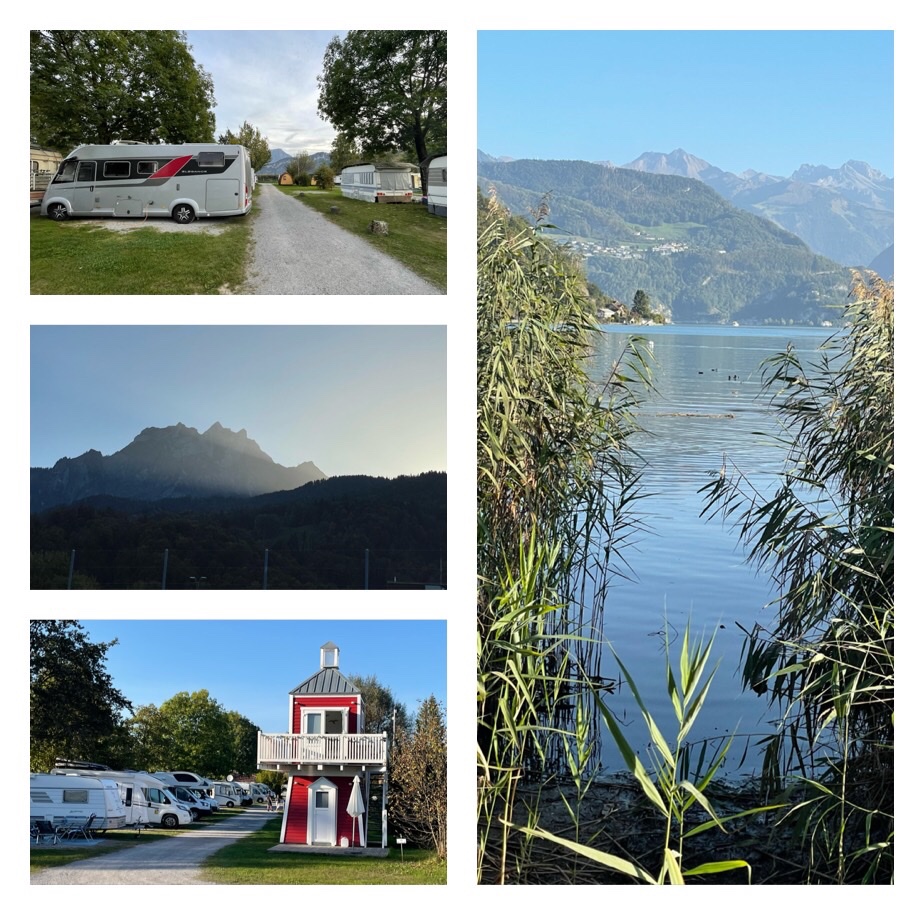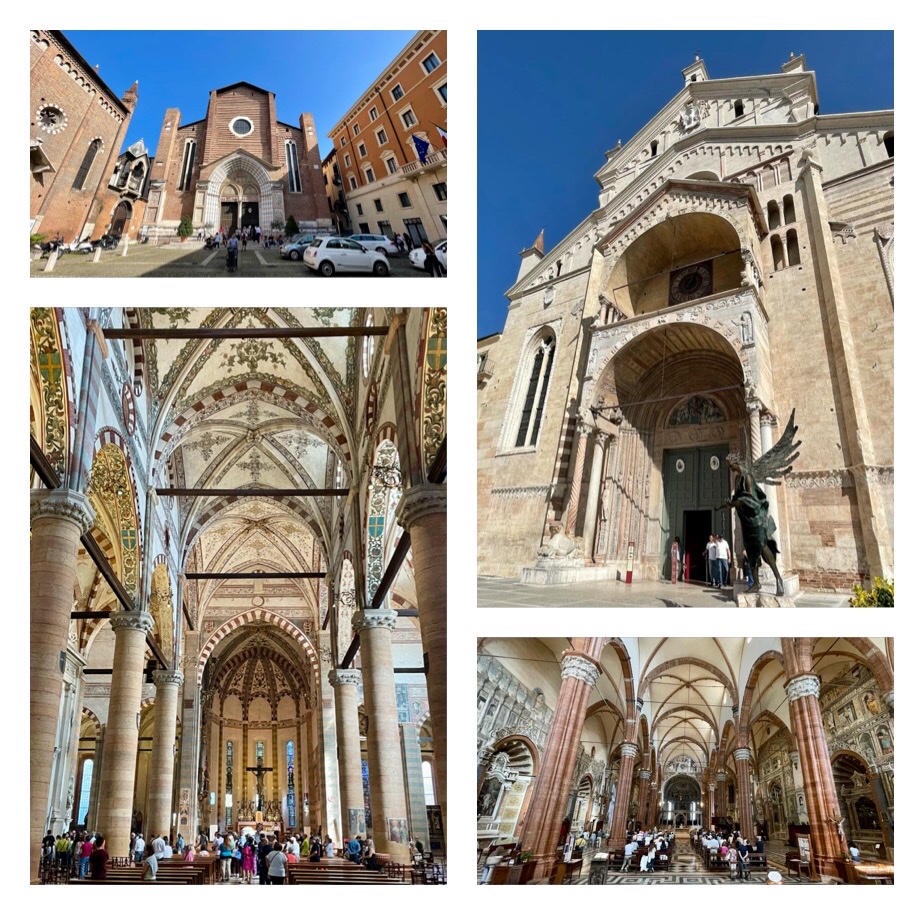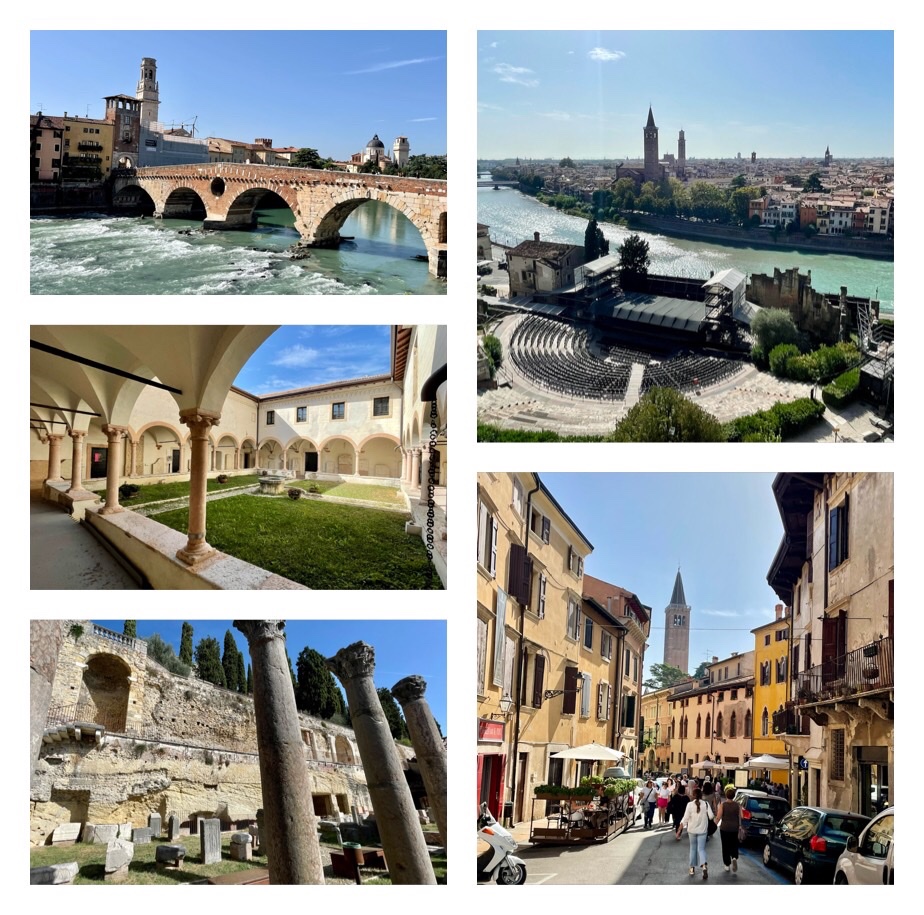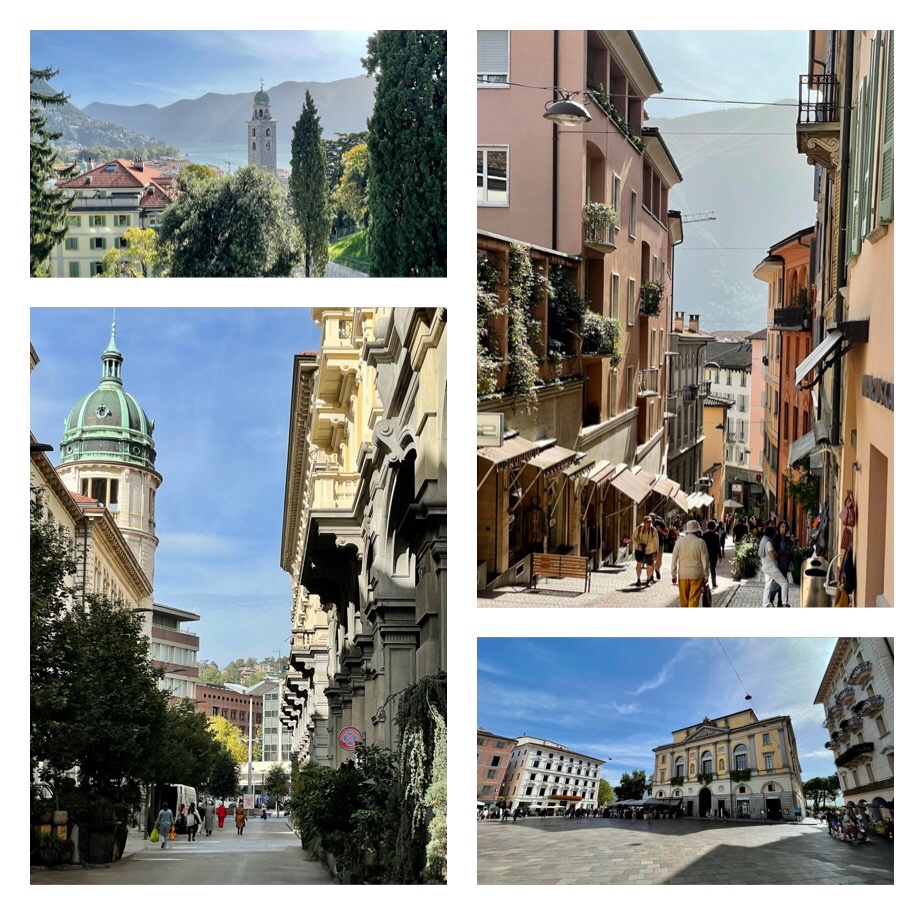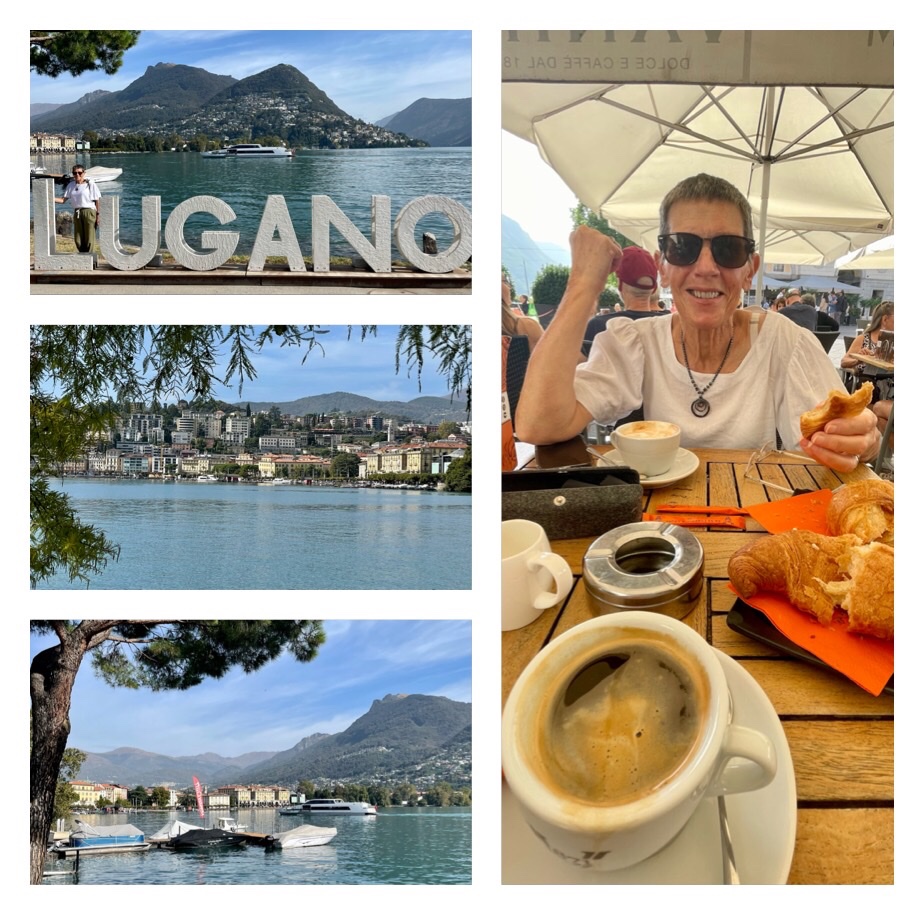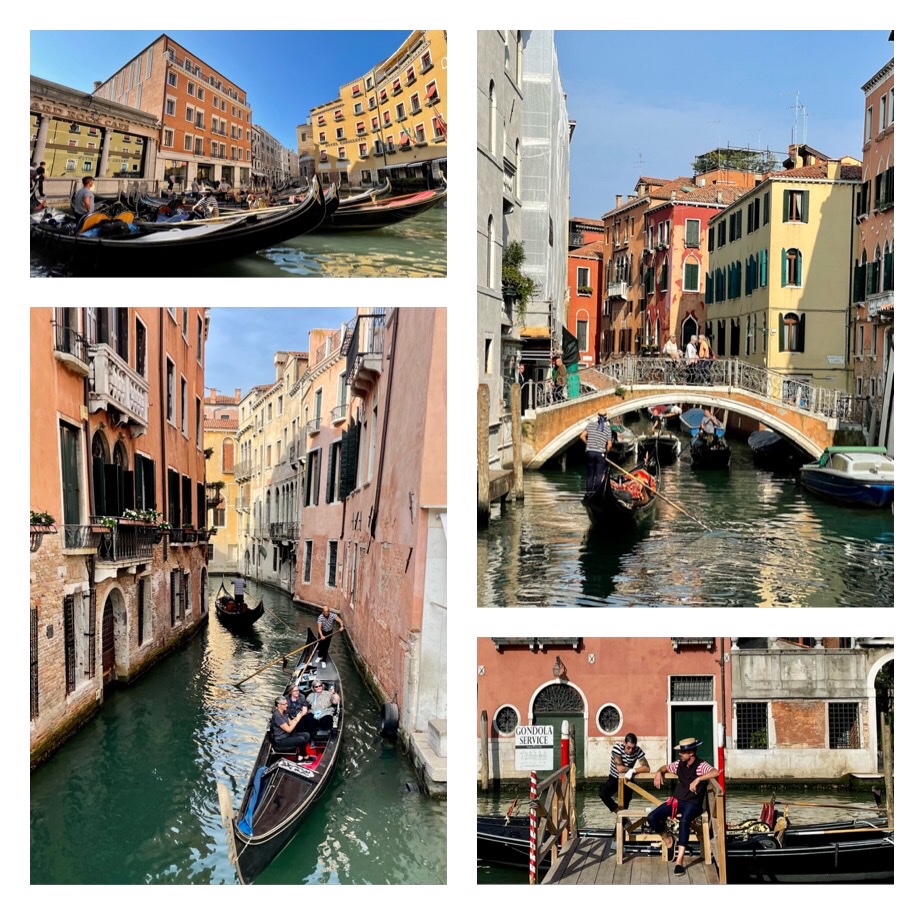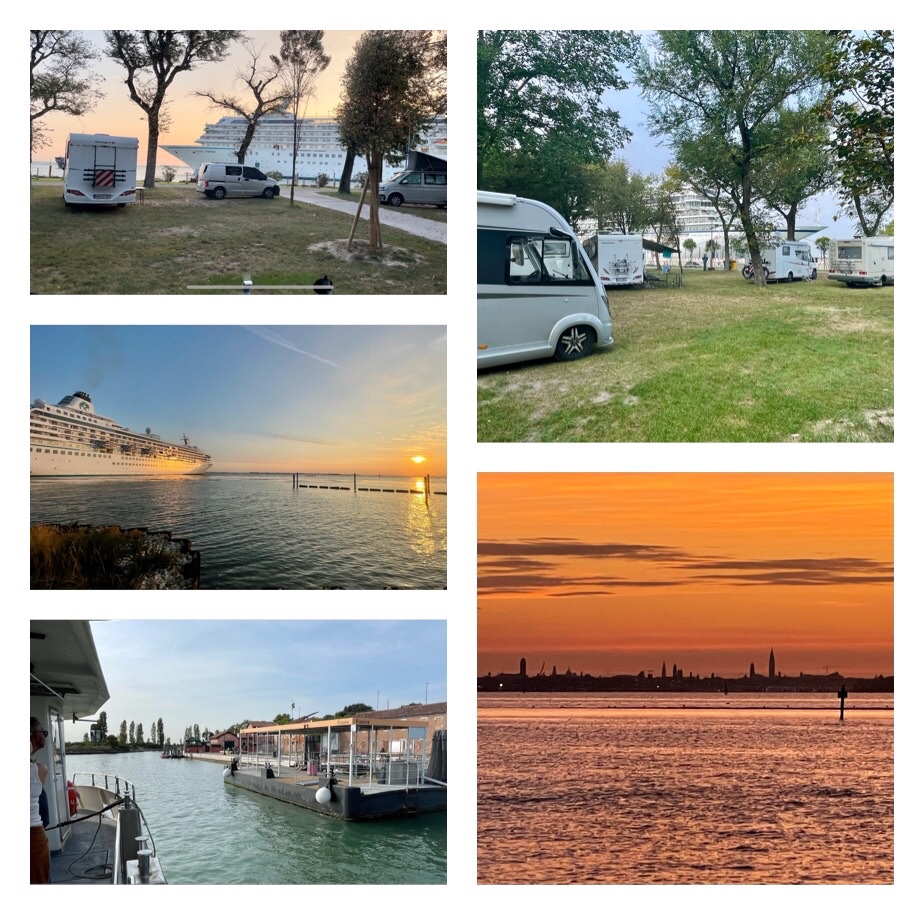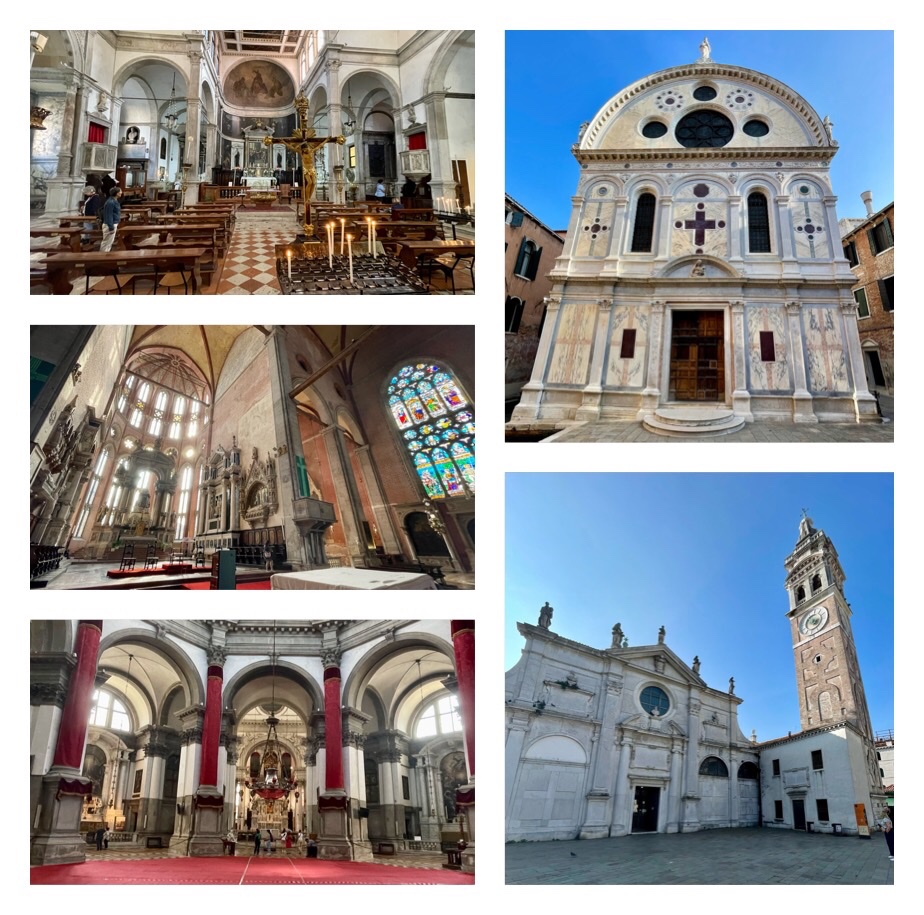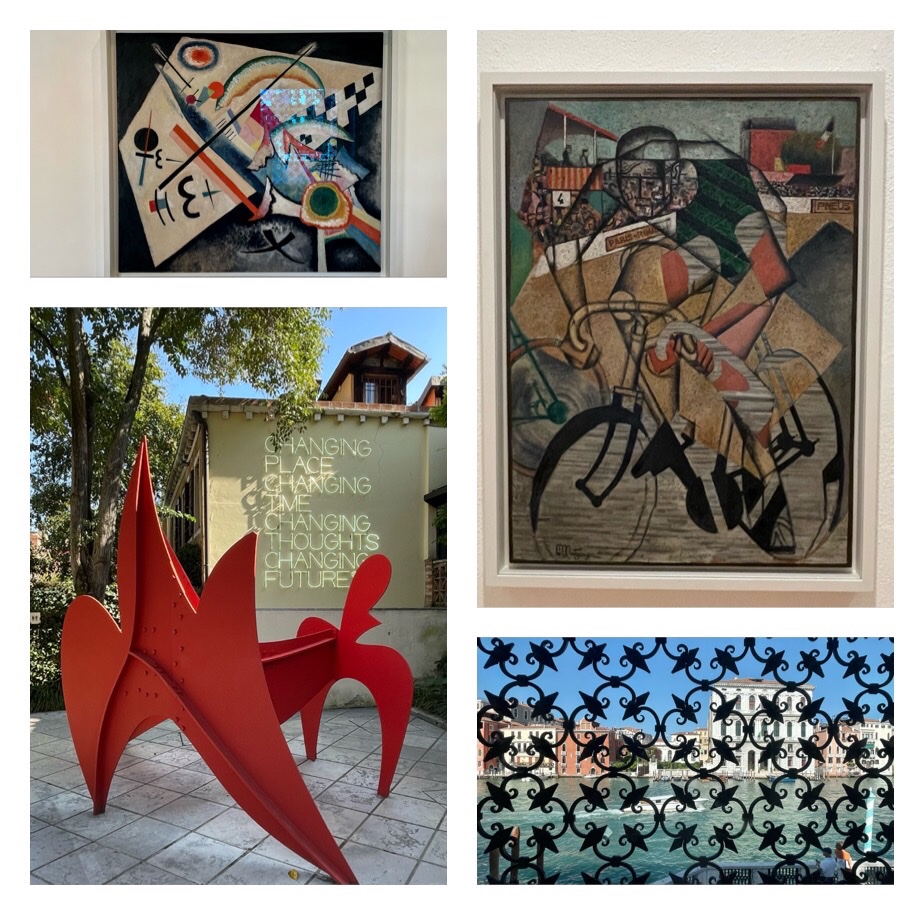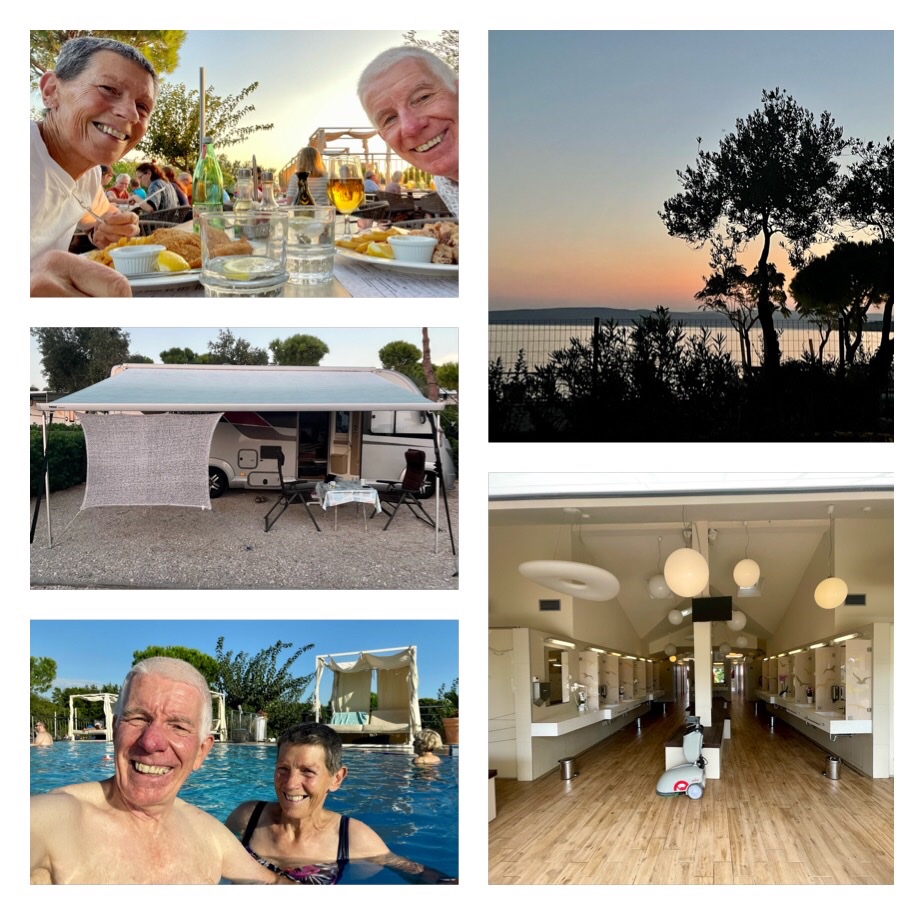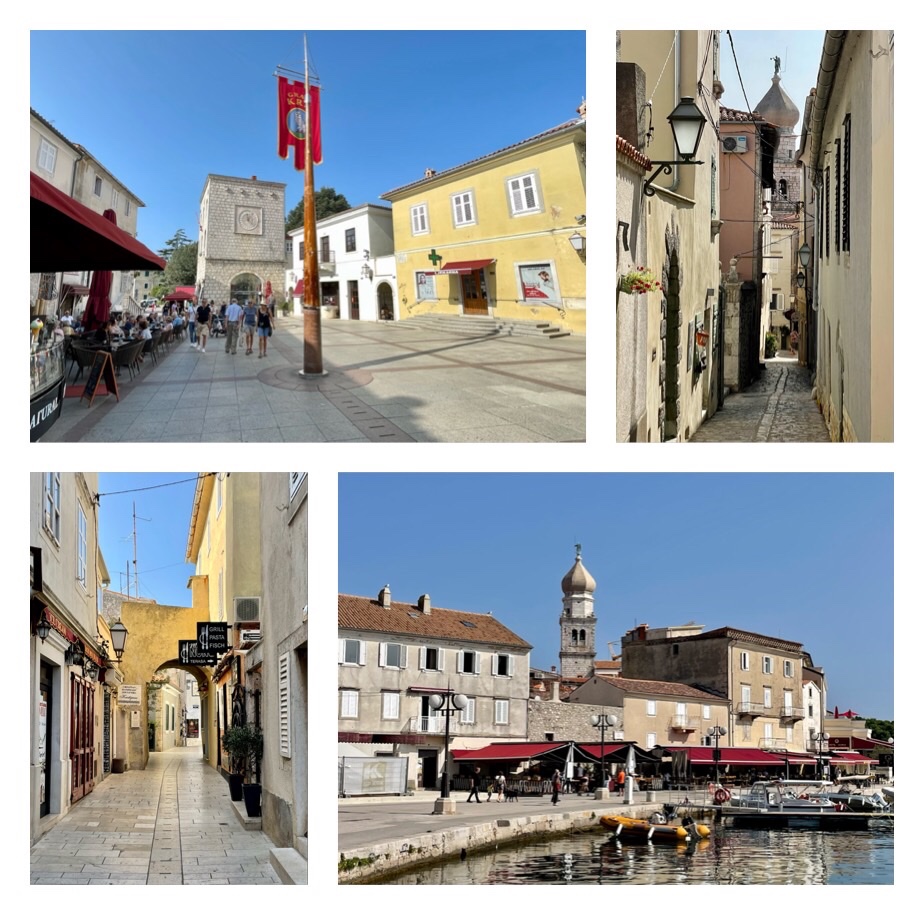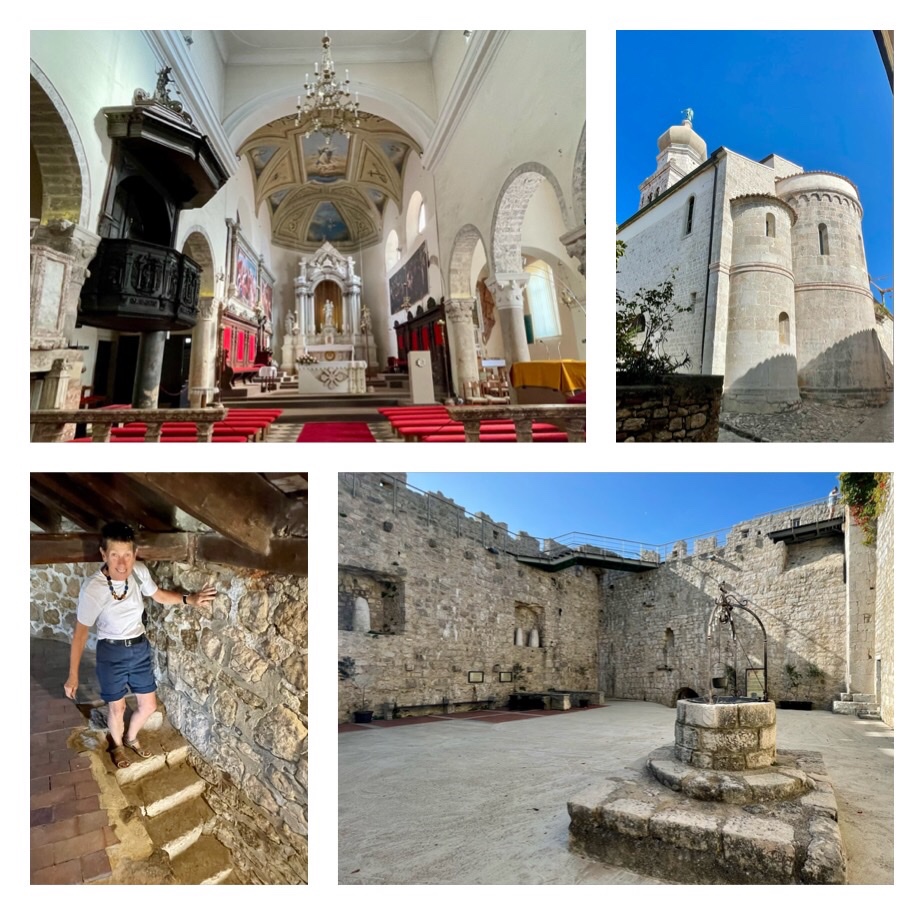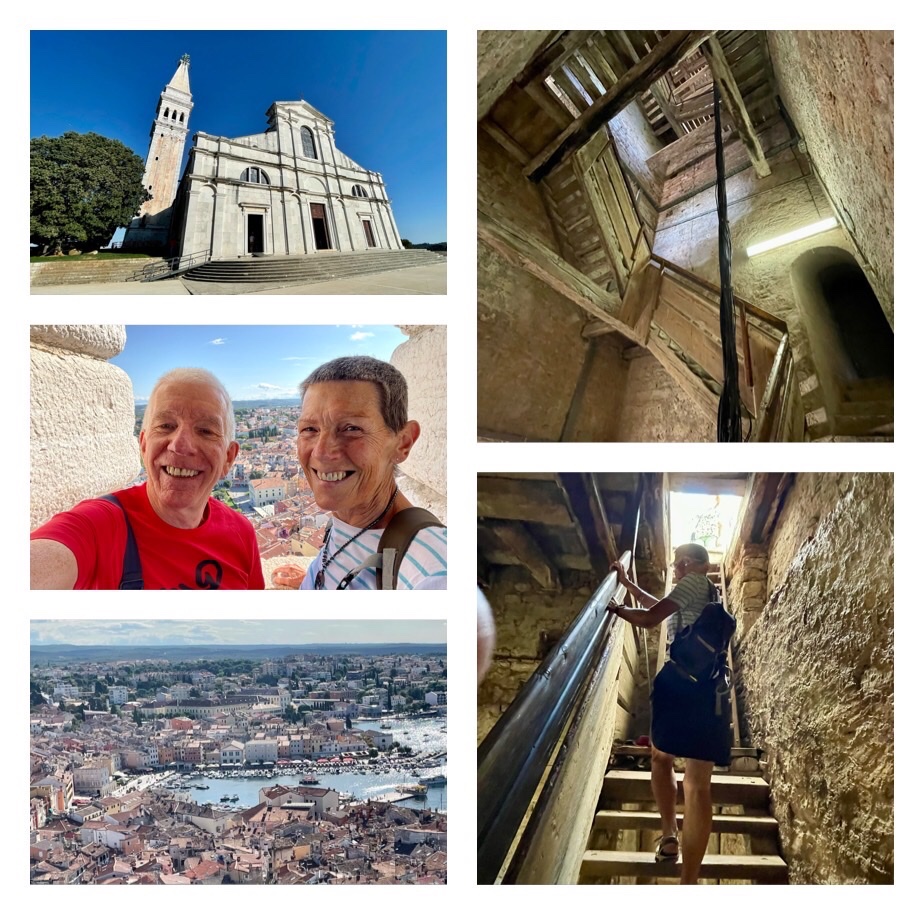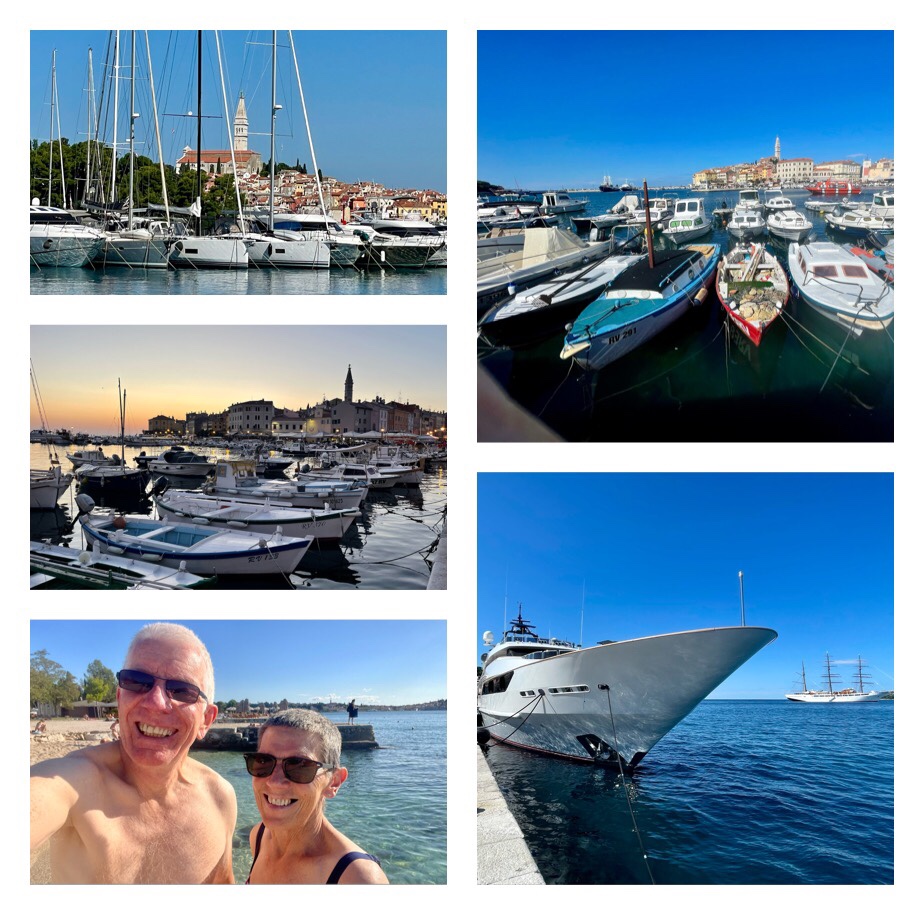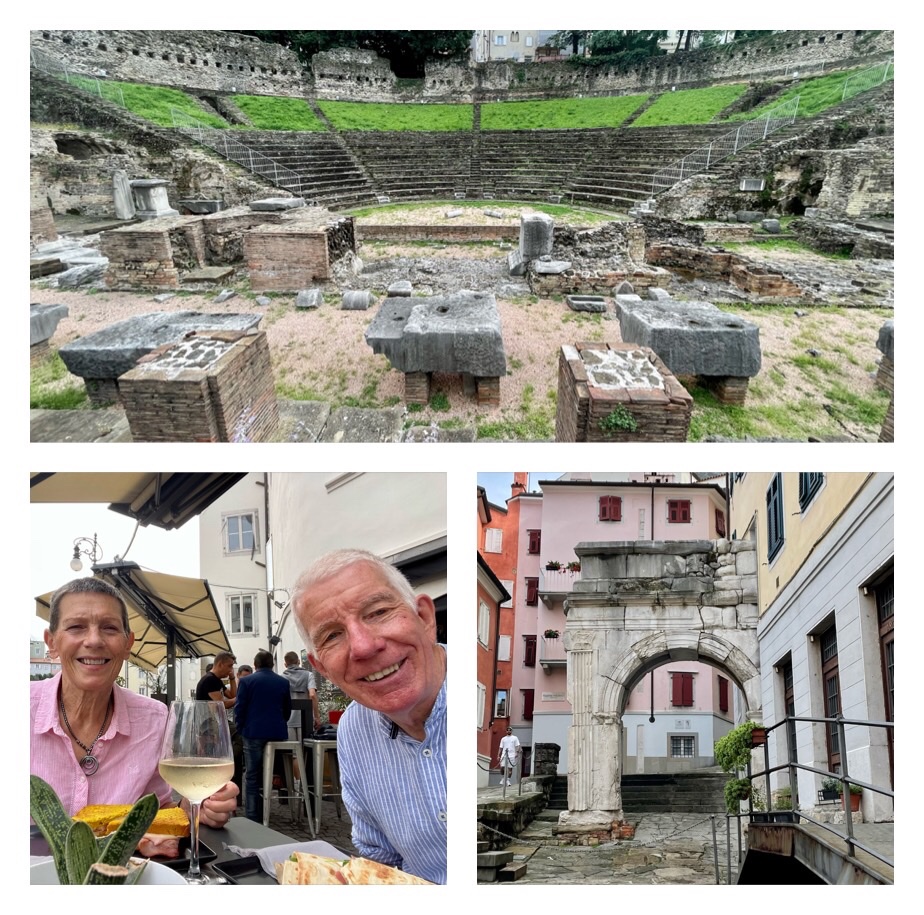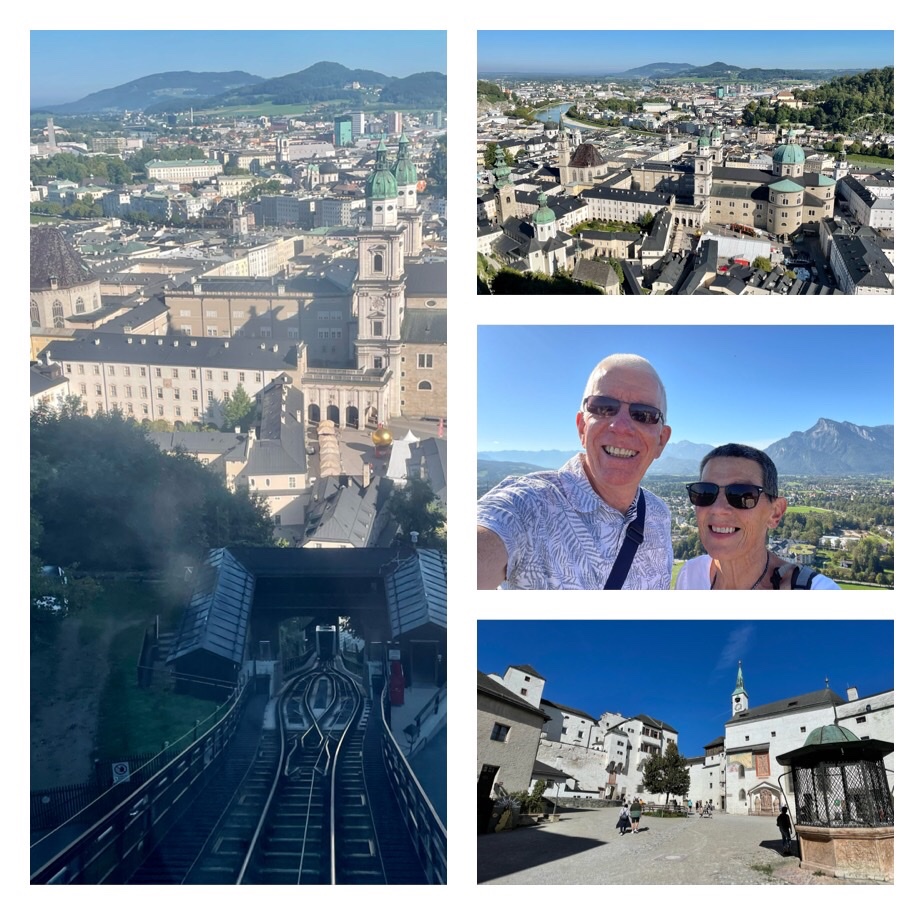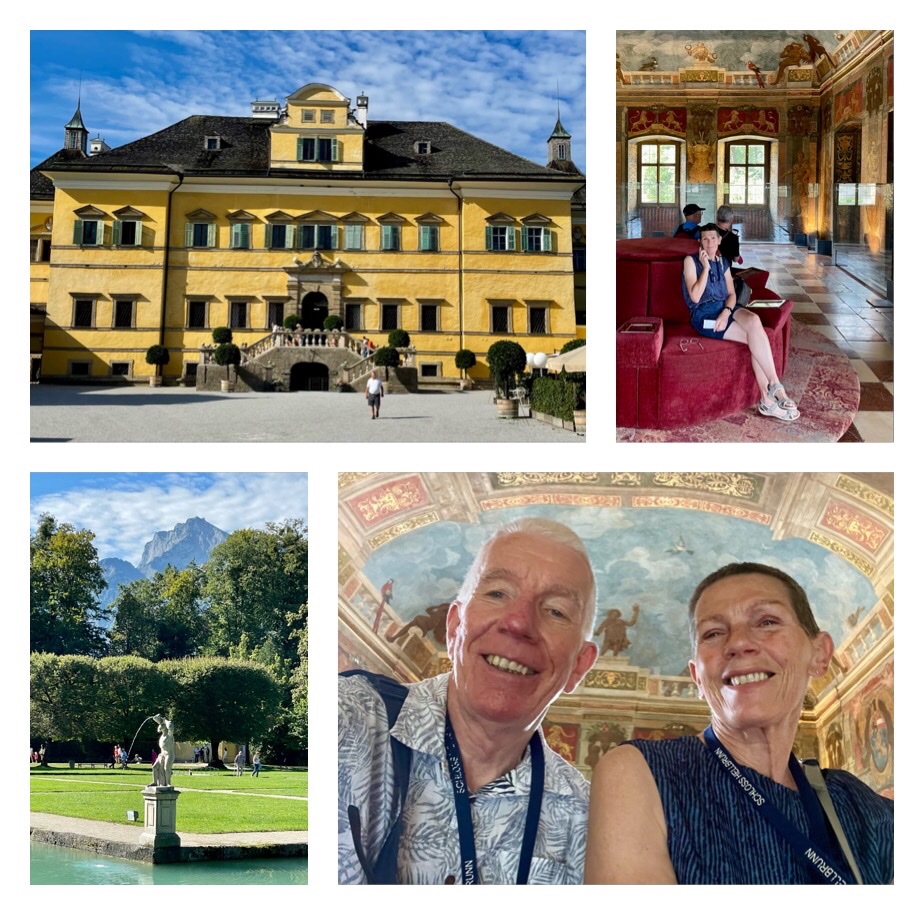At 8.05am on the 10th March 1915, in an attempt to break the stalemate which had developed the previous year, after a 35 minute artillery bombardment British Forces attacked the German lines at Neuve-Chapelle. The plan was to capture the high ground at Aubers Ridge opening up the opportunity to recapture Lille.
The battle lasted 3 days and was only a limited success. The Allies failed to seize the ridge but did drive the Germans back from Neuve-Chapelle. This was the first big offensive action by the Indian Corps and the Canadian Expeditionary Force.
It was also the first major action of the year for the Gordon Highlanders. The 2nd Gordons Battalion were involved right from the start, the 6th Gordon’s became involved on the second day.
I only discovered recently that my great uncle, William Dustan, died at Battle of Neuve-Chapelle. He was in the the 6th Gordons Batallion and sadly killed on the final day of the battle. At the age of only fifteen!

His body was never found so he is commemorated on a plaque at the Touret Cemetery, on a long list of fallen Gordon Highlanders, less than 5 miles from Neuve-Chapelle.
When we planned to finish our trip with visits to Arras and Ypres it was pure luck that we discovered that the Touret Cemetery was about half way between the two, so it was a journey that just had to be made.
Arras and Ypres, both frontline towns during the entire duration of World War One, are fascinating places to visit. Both were badly damaged by German bombardment and have been extensively rebuilt.
We stayed at Aire de Camping Car Park, Arras only a short walk from the city centre. It’s a new, easy to access, has large pitches and at 10€, including electricity, is good value for money. Arras is a lovely town and the Place de la Heros and the Grand Place are worth wandering around. The Cathedral is huge and worth seeing and the Belfry has a lift if you don’t fancy stairs. The belfry one of the first buildings to be completely destroyed by German Artillary, as the French were using it as a observation post!

The Battle of Arras (9th April – 19th May 1917) began when British troops attacked the German defences on the outskirts of the city and was part of a wider plan with the Canadians attacking Vimy Ridge to the North and the French attacking along the the Aisne River to the south.
The attack began after a 4 day bombardment on the German positions and when 25,000 troops emerged from tunnels dug under no man’s land. These tunnels, which linked existing medieval caverns, were dug out by New Zealand miners specifically shipped in for the task.

These tunnels can be visited through an excellent tour organised from the Wellington Quarry Visitor Centre. As you walk through the tunnels, through stories told using headphones, film shown on the quarry walls and the guide himself, the story of the attack is told. The tour culminates at the steps of one of the exits where the men would have emerged into battle.
The Canadian Monument on Vimy Ridge is just a few miles from Arras just off the Road to Ypres and a moving place to visit. The Canadians have built a large but very tasteful visitor centre which offers free tours of the trenches and tunnels every half hour.

One of most remarkable things about the site is how close the Canadian and German trenches were to each other. Their supposed to be about 25-30 yards apart but in reality they seem even closer than that.
In Ypres, we stayed at Camping Jeugdstadion which again was only a short walk away from the centre of the town. Ypres is a walled town with much of the formidable wall still standing. The Tourist Information Centre offers an excellent map for a self guided tour of the Ramparts.
Inside the walls, it’s all charming buildings and lovely cobbled streets which mostly radiate from the centre and you have to remind yourself that most of this was rebuilt only 100 years ago.
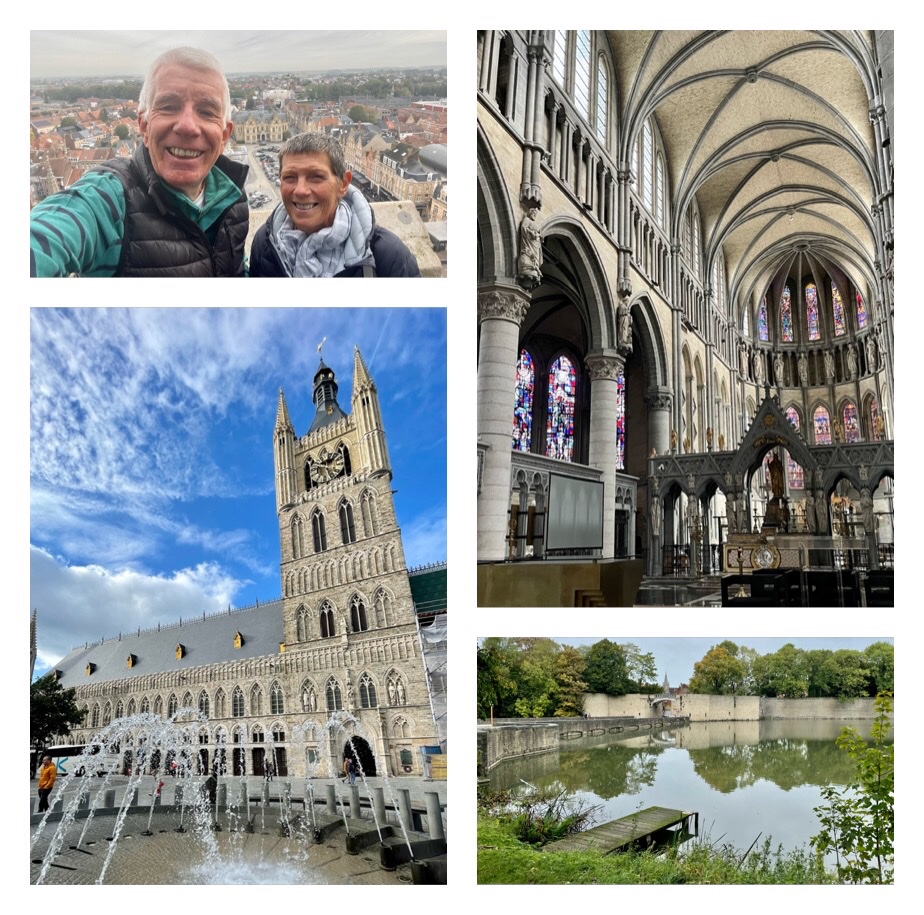
The Lackenhallen with its grand Bell Tower and the beautiful Cathedral are at the heart of the city. The Bell Tower, for those of you who like going up these things, unlike Arras doesn’t have a lift. Instead you have to climb the 231, mostly rather narrow steps, to admire the view. The excellent, thought provoking, Fields of Flanders’s Museum is housed in the Lackenhallen and not to be missed.
The Menin Gate is the most famous landmark in Ypres but unfortunately at the moment is undergoing extensive renovation and it will be March 2025 before we see it again.
Since 1928, every evening at 8pm, the fire brigade stop all traffic entering the city through the gate and a group of buglars play the Last Post. The only break for this remembrance ceremony was during World War Two when Ypres was under German occupation.
Unsurprisingly it’s a very evocative and a girls choir follows the last post with a very haunting song of remembrance. It’s a very wet October night but despite this there’s a bit crowd come to witness the ceremony, which as you see makes getting a decent photo a bit challenging!

So perhaps symbolically the Last Post brings down the curtain of this year’s adventure. As we write our final post, the Silver Machine is current parked up in Calais, at our usual stopover, although it’s changed it’s name to Aire de Camping-Car Rue d’Asfeld. We’re just here for one night before catching the Ferry tomorrow morning at 10.40am.
As usual it’s been a very action packed trip but somehow it has felt even busier than usual.
By the time we get home we’ll have driven around 3,750 miles, travelled through 9 different countries, which is a record for us, and stayed in 22 different towns and cities. Apart from two stops, which were picked for convienience rather than interest, the remaining stops have all been really fascinating. During this time we visited 10 Castles, climbed 7 bell towers, visited countless museums and historical, usually Roman, sites.
It’s the first time we have stopped in Austria and Switzerland, and the first time we’ve ever been to Croatia and Slovenia, although we were just passing through Slovenia.
There are to many highlights to mention them all but ending the our adventure at Arras and Ypres was special and the tour of the tunnels in Arras unmissable. Croatia is a beautiful country and needs to be explored more thoroughly. Rovinj, in particular, was special place. Saltzburg is a really captivating city and of course the “Original” Sound of Music Tour just had to be done. Switzerland which is beautiful, is also eye wateringly expensive. We’ll have to save up before we go back there again.
…… and as ever we met some really nice people, which I guess is what it’s really all about.








